If you’ve ever tried to grow plants in your basement, you’ll know that they don’t like darkness. In fact, plants need light to survive. However, quite a few can survive in low light conditions so before you get skylights installed or replace all your real plants with fake ones, maybe reconsider your choice of house plant. Here are 19 indoor plants that thrive on low light.
Related: Top 10 Plants That Bloom All Year
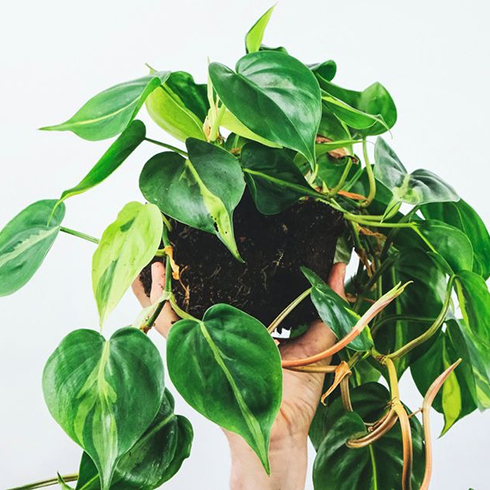
1. Philodendron
Native to the tropical parts of the Americas, there are around 500 species of philodendron. In nature they grow in jungles, on riverbanks and other places that don’t always get a lot of light and indoors they thrive in temperatures of between 15 and 18 degrees Celsius. They can be mildly toxic, though, so keep them away from children and pets, especially cats.
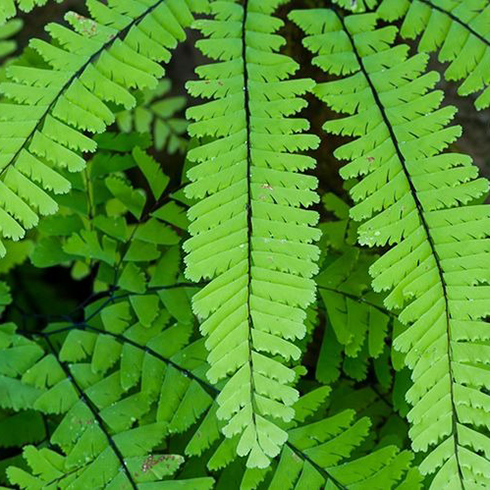
2. Maidenhair Fern (Adiantum)
There are about 250 species of maidenhair fern. These plants with their frilly leaves love moisture but not overwatering, so they do well in rooms with high humidity levels, like the bathroom. It’s best to place them in a position where they can get a bit of indirect morning or afternoon sunlight.
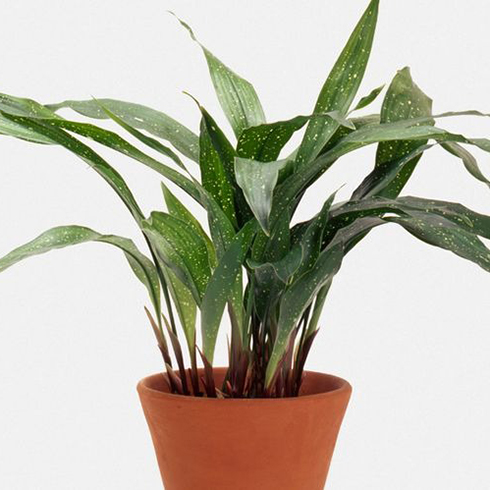
3. Cast-iron Plant (Aspidistra Eliator)
Cast-iron plants are hardy like, well, cast iron. They not only tolerate low light but also irregular watering, low humidity and fluctuating temperatures. This makes them a good choice if you tend to forget about your house plants.
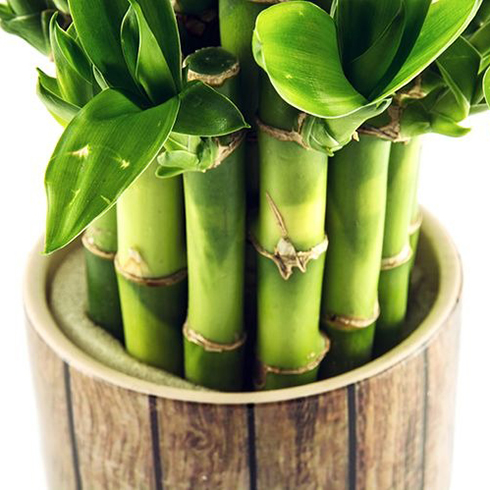
4. Lucky Bamboo (Dracaena Braunii)
The lucky bamboo is native to Africa and isn’t really a bamboo. However, it is considered a lucky plant that brings prosperity and happiness. You can grow it in water instead of soil but it is mildly toxic, so keep it out of reach of pets.
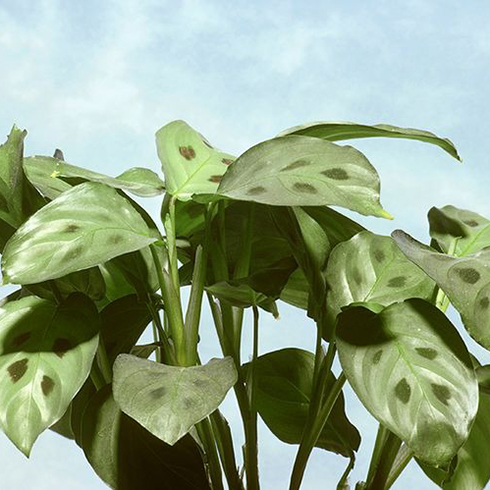
5. Prayer Plant (Maranta Leuconera)
The prayer plant gets its name from the leaves’ habit of being open during the day and slowly closing as evening approaches, almost like hands folded in prayer. Prayer plants do well in planters or hanging baskets but need high humidity and well-drained, humus-rich soil.
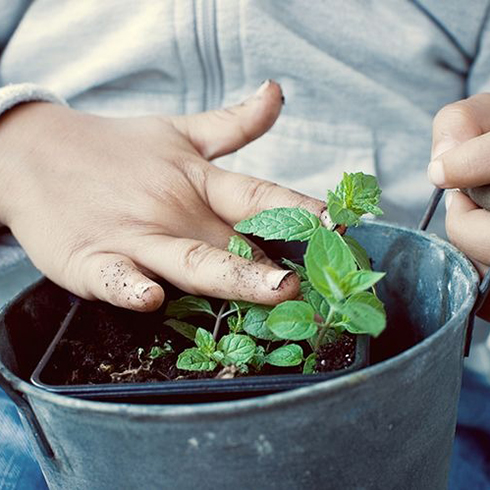
6. Mint (Mentha)
There are 13 to 18 species of mint and many hybrids. In nature, mint plants grow in bogs so they like cool, wet, shady spots. They’re hardy and handy to have around as an ingredient in cooking, to keep bugs at bay and to act as a natural room deodorizer.

7. Snake Plant (Sansevieria Trifasciata)
The snake plant comes from tropical West Africa and is also known as the viper’s bowstring hemp or mother-in-law’s tongue. It’s a great air purifier that can remove four of the five main toxins from your home but it’s mildly toxic to pets. However, it’s so hardy that in winter you only need to water it once every few months.
Related: 20 Indoor and Outdoor Plants That Will Flower in the Winter

8. Swedish Ivy (Plectranthus Verticillatus)
Swedish ivy isn’t an ivy and isn’t from Sweden, but from Southern Africa. This robust plant likes moist conditions and will look great as a hanging plant in your bathroom or kitchen. It detoxifies the air and is safe for children and pets.
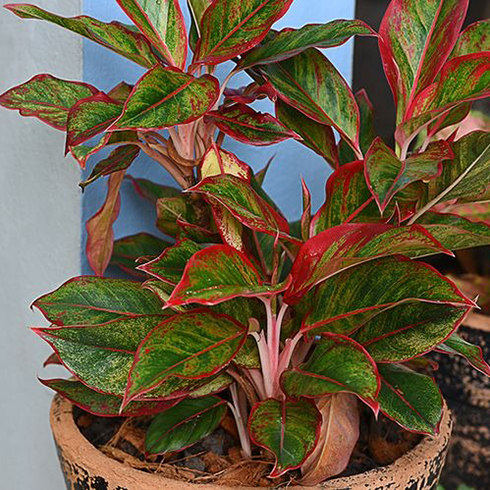
9. Chinese Evergreens (Anglaonema)
Originally from Asia, Chinese evergreens bear little white flowers and red berries. They do not tolerate cold, so keep them at temperatures above 15 degrees. Also keep them away from children and pets, since they’re poisonous and can cause rashes.
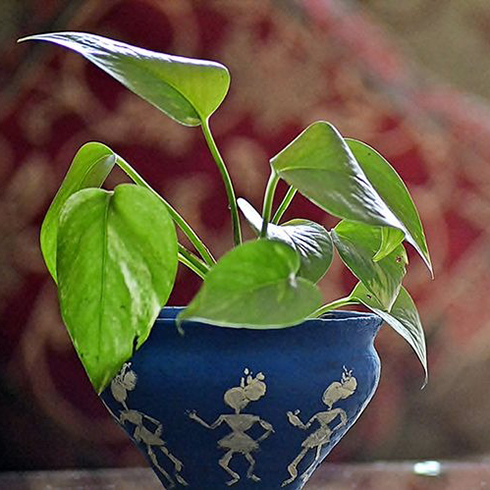
10. Pothos (Epipremnum Aureum)
Pothos, native to French Polynesia, is so difficult to kill that it’s also known as devil’s ivy. With enough support this trailing plant can grow as high as 20 m indoors. It purifies the air but is toxic to pets.

11. ZZ Plant (Zamioculcas Zamiifolia)
Native to East Africa, the ZZ plant can survive for as long as four months without water. It’s traditionally used as a medicinal plant, to treat conditions like earache. The ZZ plant also removes toxins from the air.

12. Parlour Palm (Chamaedorea Elegans)
Native to the rainforests of Mexico and Guatemala, the parlour palm grows slowly but is easy to care for. It only needs watering when the soil is dry but likes being misted. It doesn’t need a lot of space and is safe for pets.

13. Peace Lily (Spathiphyllum)
There are about 40 species of peace lily. They prefer shade and moist soil, needing watering only about once a week. Peace lilies purify the air from harmful toxins but are mildly toxic themselves.
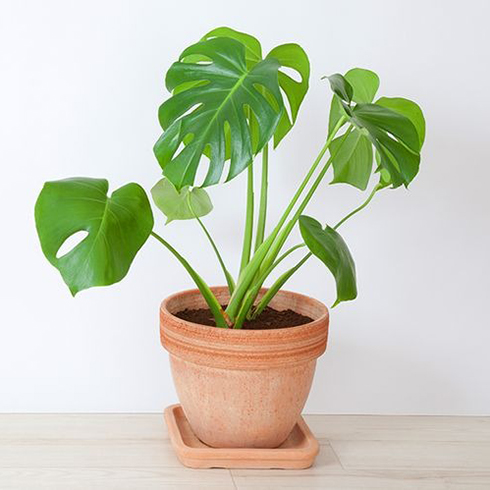
14. Swiss Cheese Plant (Monstera Deliciosa)
The Swiss cheese plant, native to the tropical forests of southern Mexico and Central America, gets its name from the holes that form in its huge leaves. It prefers warmer temperatures and high humidity and sometimes produces an edible fruit not unlike pineapple.
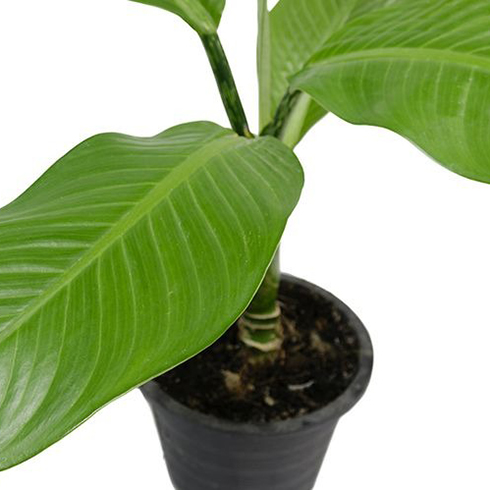
15. Dumb Cane (Dieffenbachia)
The dumb cane is native to the tropical regions of the Americas and gets its name from the fact that it contains a poison that can make you unable to speak. It thrives in average temperatures, filtered light moderately moist soil but because of its toxicity, it’s best kept out of reach of children and pets.
Related: These Indoor Plants Will Boost Your Mood for the Winter Months

16. Arrowhead Vine (Syngonium Podphyllum)
Native to the Americas from Mexico to Bolivia, the arrowhead vine is a gorgeous plant to grow in a hanging basket. You can also train it up a trellis. It only needs watering when the soil feels dry. However, arrowhead vine is poisonous so keep it away from your children and pets.
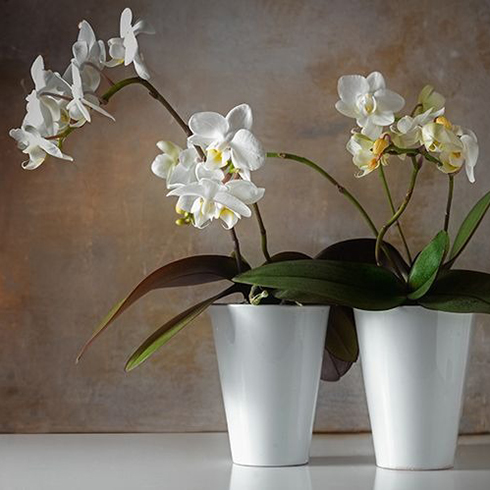
17. Moth Orchid (Phalaenopsis)
There are about 60 species of moth orchid, native to Asia and the tropical parts of Australia. They prefer high humidity and low light and are easy to care for. Moth orchids come in a variety of colours and the flowers can bloom for several months.
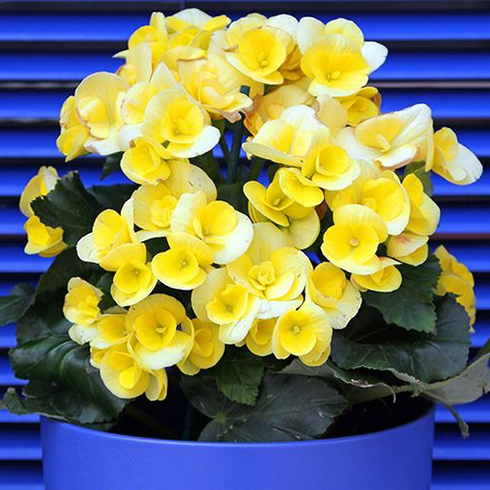
18. Begonia
There are nearly 1,800 begonia species. Most require warmer temperatures and moist soil because they’re native to tropical regions. Many begonia species will bloom throughout the year but even when they’re not flowering, their colourful leaves will brighten up any room.
Related: 10 Best Tall Indoor Plants for the Look of Lush Luxury

19. Spineless Yucca (Yucca Gigantea)
In its native Central America and Mexico, the spineless yucca grows to be quite tall and forms clusters of edible white flowers. It prefers sunshine but when it’s small, it makes a great houseplant that does well in lower light and dry soil. It handles temperature changes very well.
Home Network your inbox.
By clicking "SIGN UP” you agree to receive emails from Home Network and accept Corus' Terms of Use and Corus' Privacy Policy.



